The world’s great outdoor markets offer travelers direct access to local culture through food, crafts, and communal gathering spaces where everyday life unfolds with authentic energy. These markets transcend simple commerce to become sensory experiences where visitors can connect with traditions, discover unique treasures, and engage with communities in ways that conventional tourist attractions rarely allow.
Here is a list of 20 extraordinary markets worldwide that deserve consideration as destinations rather than mere stops on a broader itinerary.
Marrakech Medina in Morocco
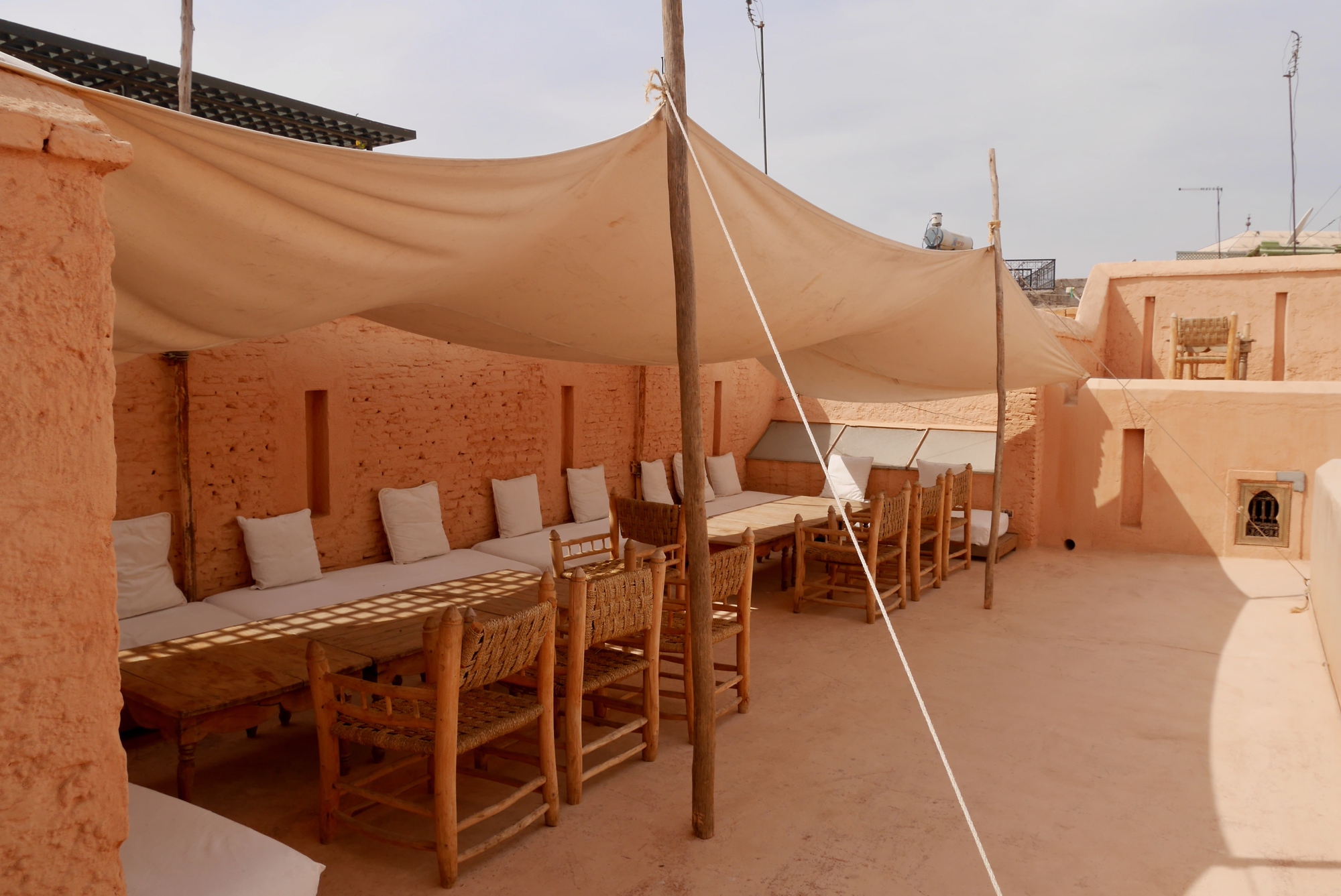
The ancient walled marketplace of Marrakech creates a labyrinthine adventure where sensory overload becomes part of the experience itself. Jemaa el-Fnaa square transforms throughout the day, beginning as a morning produce market and evolving into an evening spectacle of storytellers, musicians, and food stalls enveloped in aromatic smoke.
The surrounding souks specialize by trade—metalworkers hammering intricate lanterns, leather tanners creating rainbow-hued hides, and spice merchants piling pyramids of vibrantly colored seasonings that have traveled ancient trade routes for centuries.
Tsukiji Outer Market in Tokyo, Japan
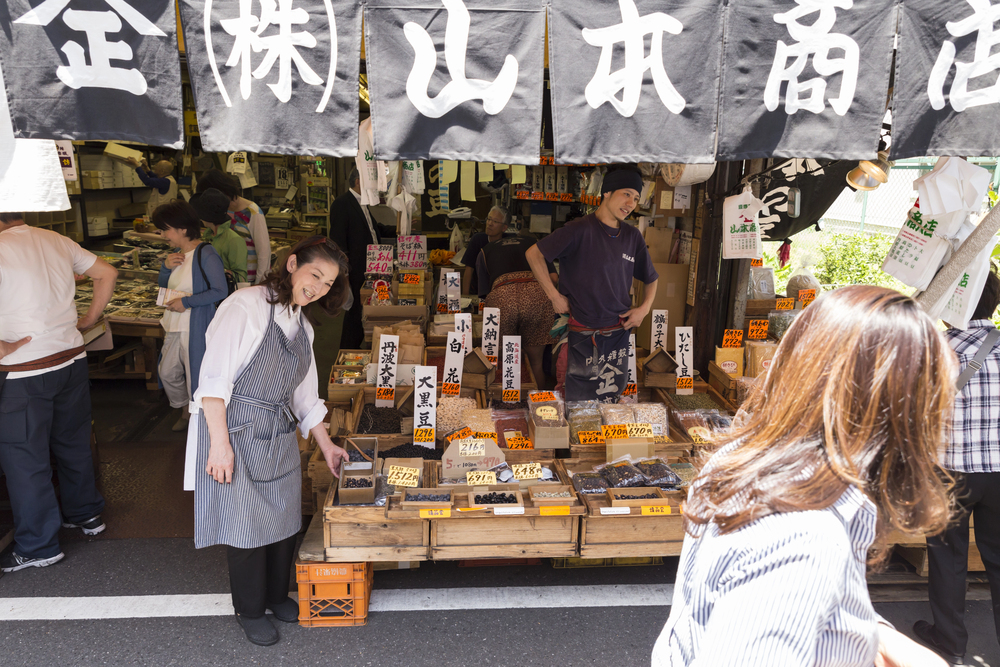
Following the relocation of Tokyo’s famous wholesale fish auction, the outer market area has preserved the authentic food culture that made Tsukiji legendary among culinary travelers. Narrow lanes packed with specialized vendors offer everything from handcrafted Japanese knives to fresh wasabi roots and delicate seasonal confections available nowhere else.
The market’s food stalls serve impossibly fresh seafood preparations including flame-seared scallops, meticulously sliced sashimi, and traditional tamagoyaki (sweet egg omelet) prepared by generational masters whose skills reflect decades of dedication.
Like Travel Pug’s content? Follow us on MSN.
Borough Market in London, England
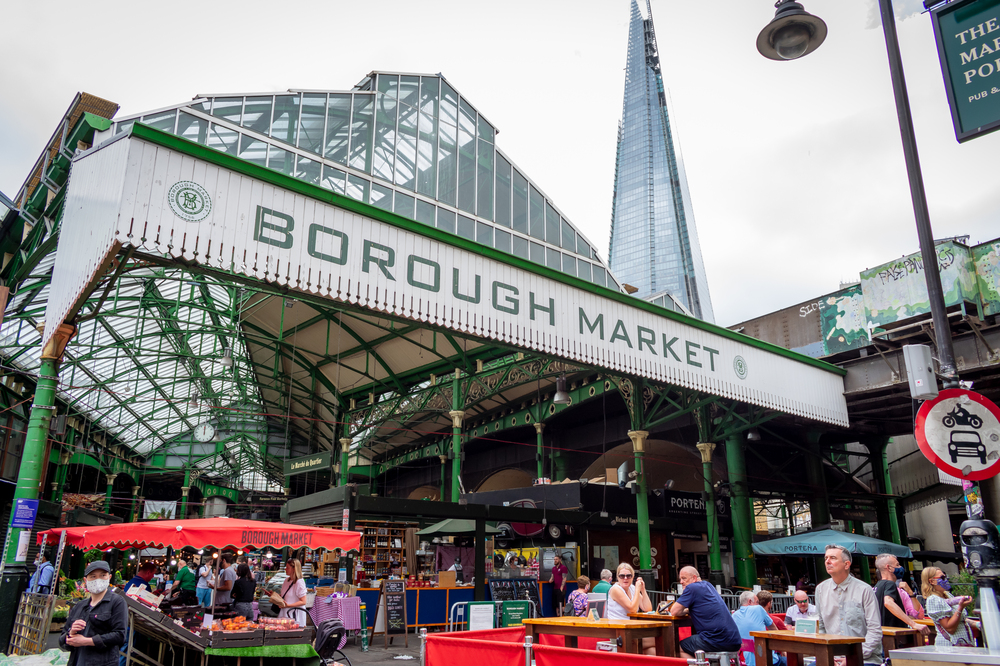
London’s oldest food market traces its origins back nearly 1,000 years, evolving from a simple grain exchange to a modern gastronomic destination showcasing Britain’s transformed food culture. Historic market halls house specialists offering farmhouse cheeses, heritage meat breeds, artisanal bread, and imported delicacies that reflect London’s multicultural character.
Weekend crowds create a convivial atmosphere where chefs, neighborhood regulars, and tourists mingle beneath Victorian wrought iron architecture, sampling everything from Argentinian empanadas to traditional Cornish pasties to innovative street food creations.
Chatuchak Weekend Market in Bangkok, Thailand
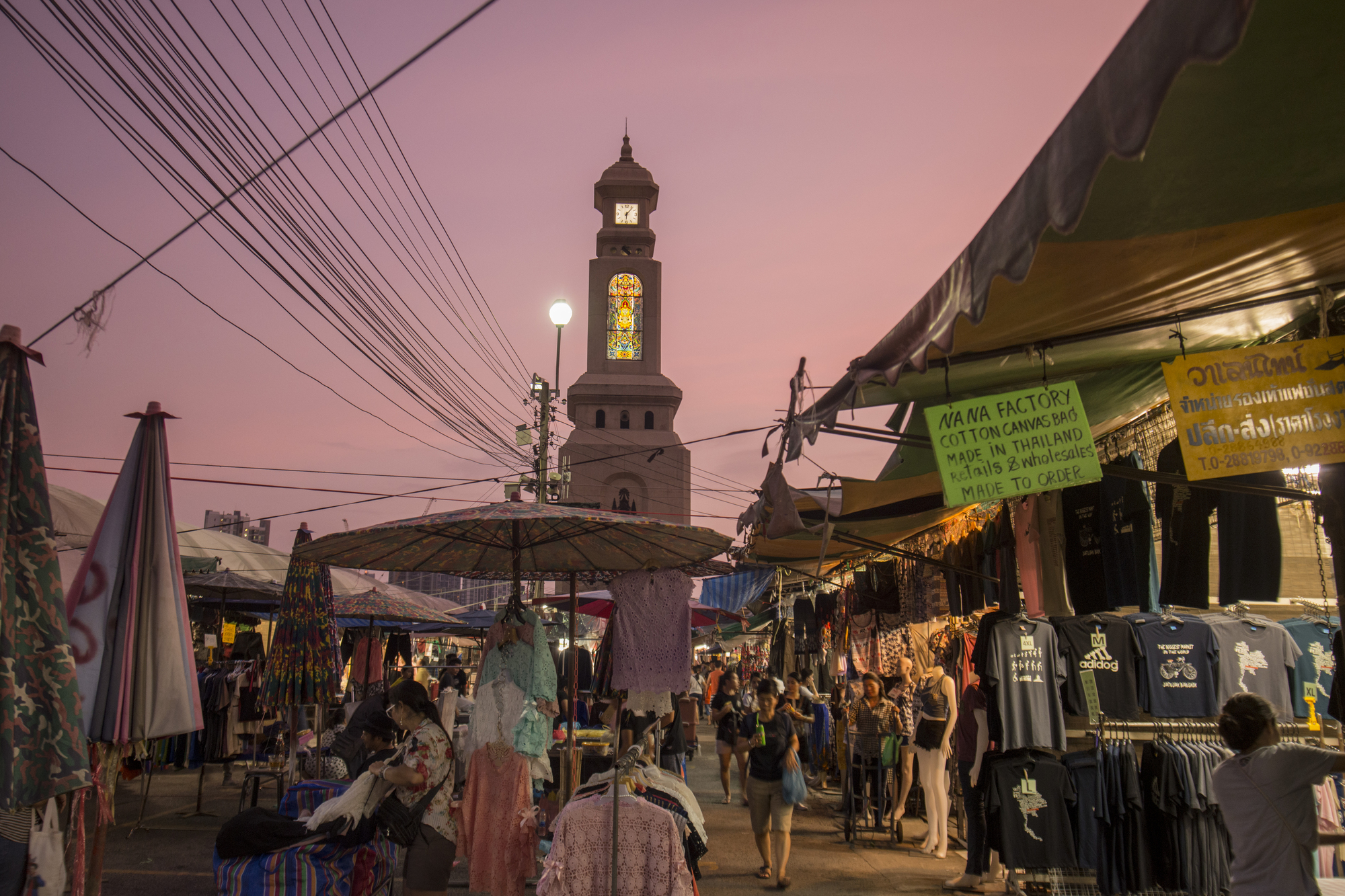
The sheer scale of Bangkok’s largest market overwhelms first-time visitors, with over 15,000 stalls sprawling across 35 acres and attracting up to 200,000 visitors on peak days. The organized chaos follows a loose organizational structure with sections dedicated to ceramics, vintage clothing, home decor, live plants, and Buddhist amulets sought by serious collectors.
The market’s legendary pet section (controversial, yet fascinating) contains everything from puppies to sugar gliders to exotic species. At the same time, the food courts offer regional Thai specialties from across the kingdom that are prepared with authentic spice levels.
Pike Place Market in Seattle, USA

This historic waterfront market has served as Seattle’s culinary and cultural heart since 1907, preserving its working character despite the city’s rapid transformation around it. The market’s iconic sign and fish-throwing tradition have become symbols of Seattle.
Still, locals prize the direct connection to regional producers selling everything from wild mushrooms foraged in Cascade forests to shellfish harvested from Puget Sound waters. The market’s multi-level design, incorporating the steep hillside, creates hidden corners that house oddities like the whimsical gum wall and artist studios that reward extended exploration.
Like Travel Pug’s content? Follow us on MSN.
Mercado de La Boqueria in Barcelona, Spain
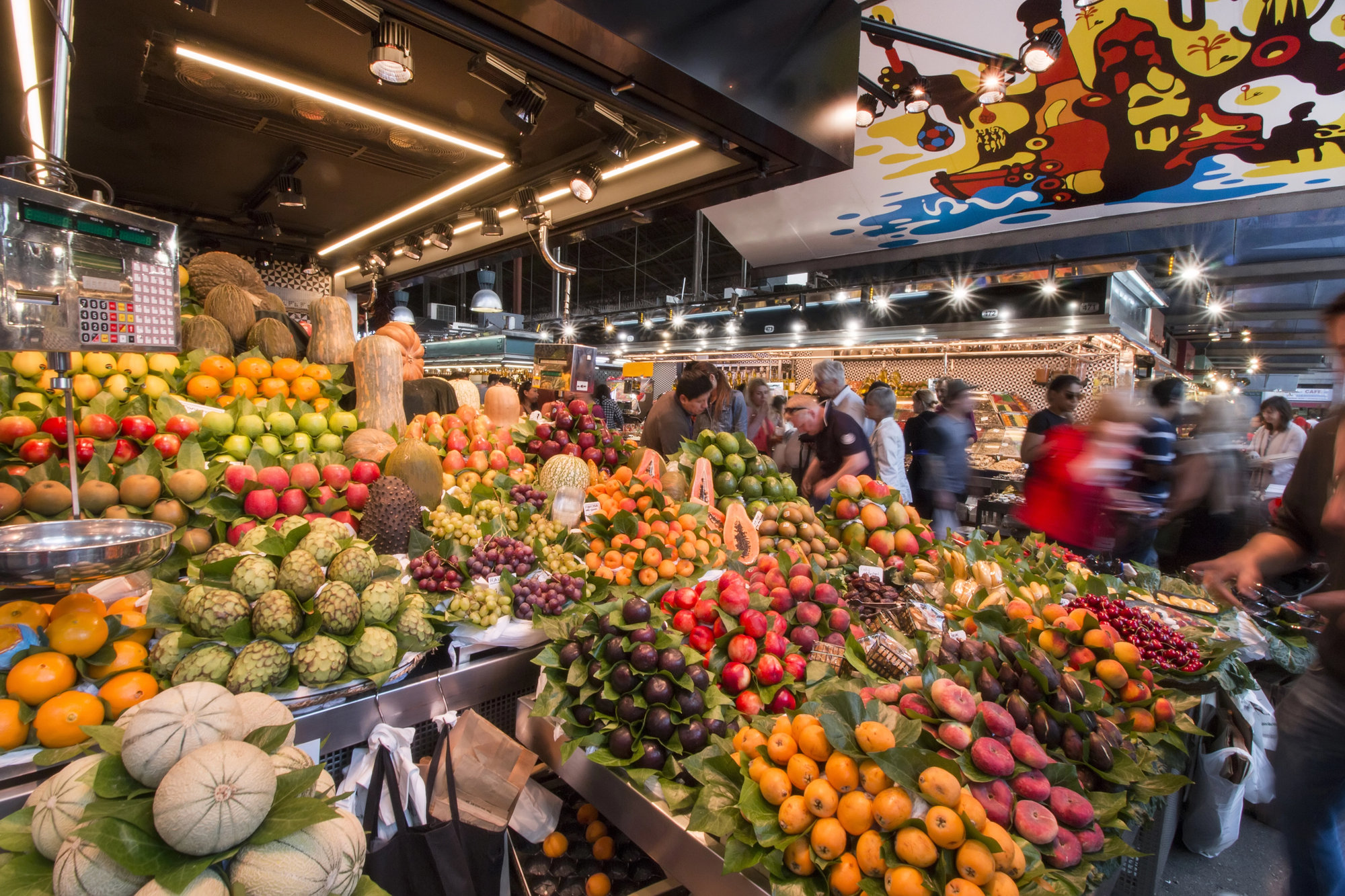
Just steps from Barcelona’s bustling Las Ramblas, this iron-framed modernist market hall from 1840 serves as both a working food market and a culinary heritage site. The market’s entrance dazzles with artistic displays of candied fruits and specialist vendors offering everything from truffled wild mushrooms to jamón ibérico hand-carved to gossamer thinness.
Small counter-service restaurants within the market provide authentic Catalan dining experiences where locals and visitors share elbow space, enjoying seafood paella, crispy croquetas, and regional wines served in casual conviviality.
Chandni Chowk in Delhi, India

This historic market dating to the 17th century Mughal era remains the chaotic, vibrant heart of Old Delhi despite centuries of change around it. Specialized lanes include Asia’s largest spice market where burlap sacks overflow with brilliant red chilies, aromatic cardamom, and dozens of indigenous spice blends crafted for specific regional cuisines.
The market’s famous paranthe wali gali (paratha lane) serves variations of stuffed flatbreads from tiny storefronts using recipes passed down through generations. At the same time, nearby shops specialize in intricate wedding ornaments, handcrafted perfumes, and ceremonial textiles.
Grand Bazaar in Istanbul, Turkey
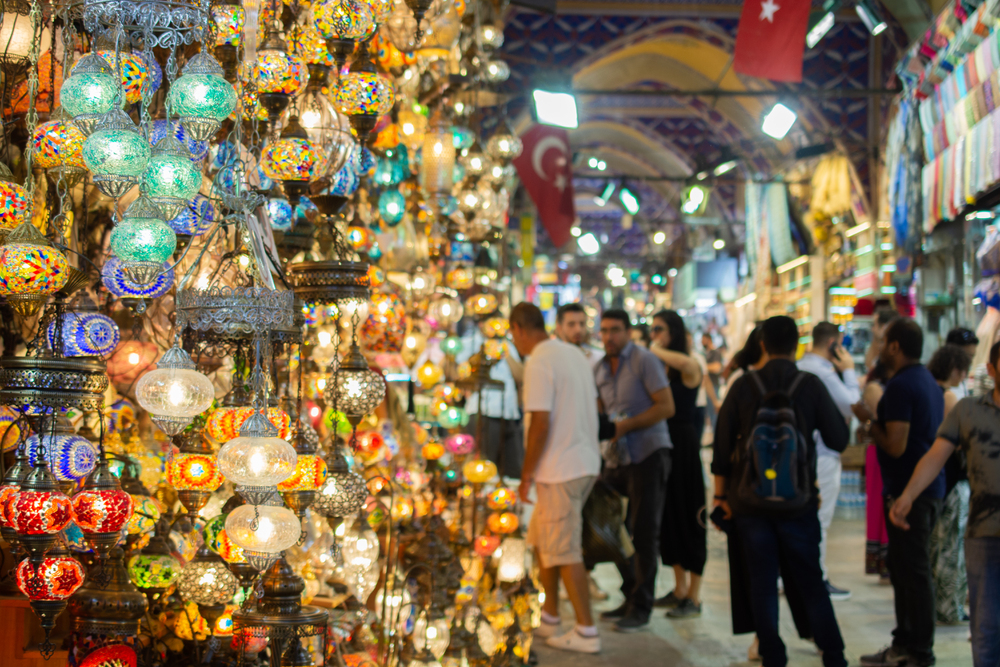
One of the world’s oldest and largest covered markets spans 61 streets, housing over 4,000 shops, creating a city within a city that has operated continuously since the 15th century. The labyrinthine pathways feature specialized sections dedicated to gold jewelry, hand-knotted carpets, copper cookware, and leather goods where traditional craftsmanship meets contemporary design influences.
Expert salespeople employing multilingual charm pour apple tea while explaining the difference between authentic Turkish craftsmanship and tourist reproductions, making the shopping experience as much about cultural exchange as it is about acquisition.
Like Travel Pug’s content? Follow us on MSN.
Mercado Central in Santiago, Chile
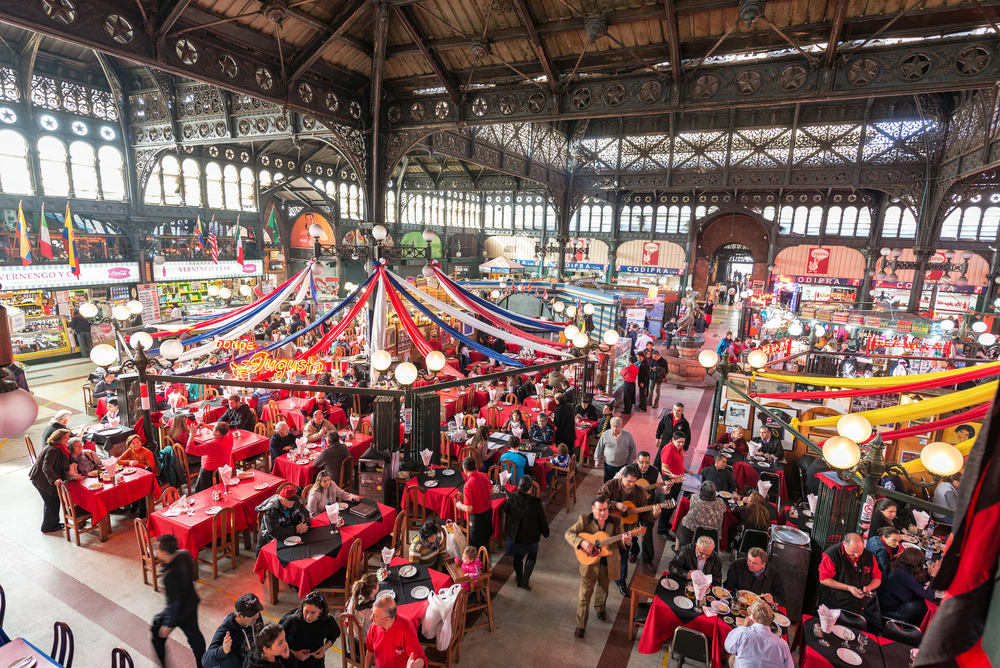
This spectacular wrought-iron cathedral to seafood was prefabricated in Glasgow, Scotland, before being assembled in Chile in 1872, creating one of South America’s architectural and culinary landmarks. The market’s central hall houses seafood restaurants serving the incredible diversity of Chile’s 2,600-mile coastline, from giant king crab from Patagonian waters to sea urchin harvested by indigenous divers.
The surrounding stalls feature colorful displays of exotic fruits from Chile’s diverse growing regions, alongside butchers preparing traditional specialties like charqui (beef jerky) that reflect the country’s gaucho heritage.
Kejetia Market in Kumasi, Ghana
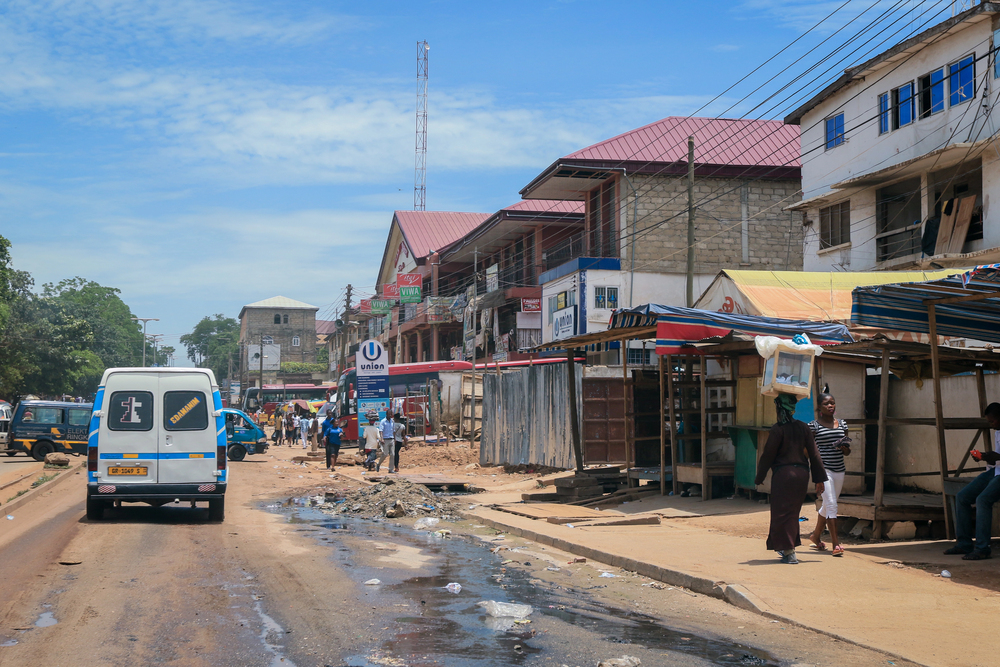
West Africa’s largest open-air marketplace sprawls across 24 acres, housing approximately 10,000 vendors beneath a patchwork of colorful awnings that create a microclimate within the city. The market’s distinct sections specialize in Ashanti crafts, including hand-carved ceremonial stools, kente cloth woven in traditional patterns signifying specific meanings, and lost-wax brass works created using ancient techniques.
The atmosphere pulsates with energy as transactions conducted in multiple languages flow around visitors, who experience authentic West African commerce largely unchanged by global consumer culture.
Kashgar Sunday Livestock Market in Xinjiang, China
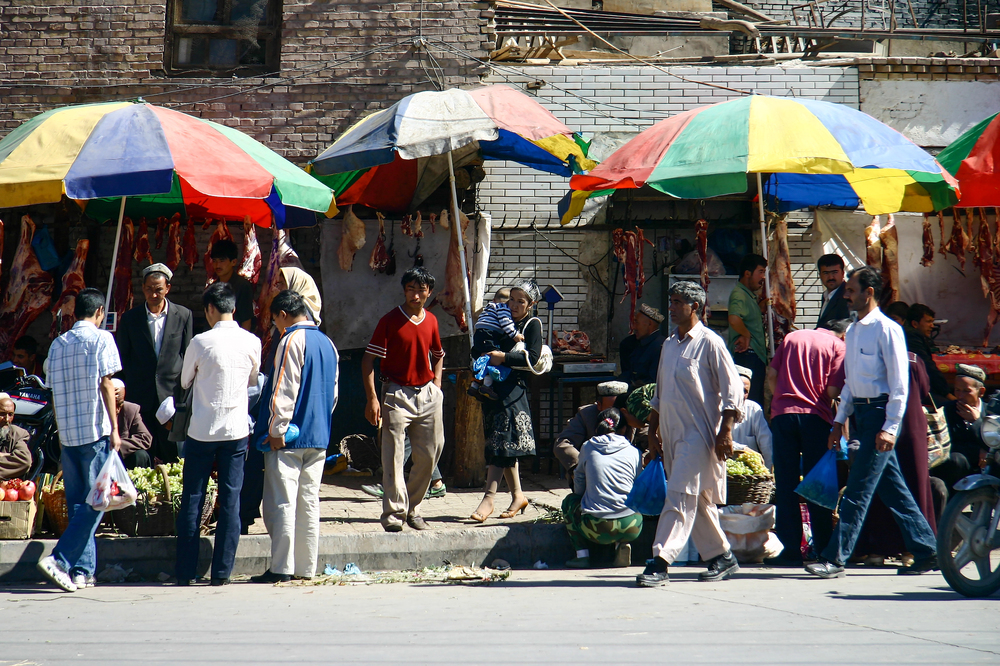
This ancient Silk Road tradition brings Uyghur farmers from across the region together in a dusty field outside Kashgar, where centuries-old trading practices continue despite modern China’s transformation. Farmers evaluate sheep by checking teeth and squeezing tails, while negotiations follow traditional patterns of offer, counteroffers, and the final handshake agreement.
The sensory experience combines bleating livestock, shouted negotiations in Uyghur language, grilled meat smoke, and the unmistakable aroma of animals gathered in close proximity, creating a temporarily autonomous zone where ancient Central Asian trading culture persists.
Like Travel Pug’s content? Follow us on MSN.
La Vega Central Market in Santiago, Chile
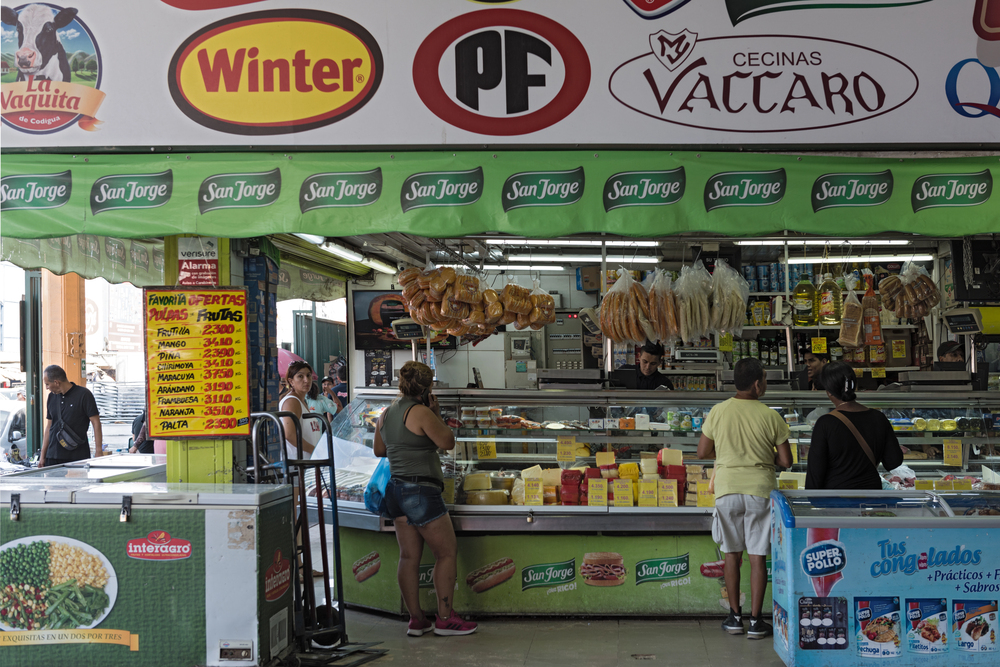
This sprawling produce market forms the vibrant backbone of Chilean cuisine, where traditional recipes meet the extraordinary agricultural bounty from the country’s diverse growing regions. Vendors loudly promote pyramids of unfamiliar fruits like chirimoya and lúcuma alongside mountains of potatoes in dozens of varieties developed by pre-Columbian indigenous farmers.
The market’s outer edges feature traditional fondas (simple eateries) serving massive plates of home-style Chilean classics like pastel de choclo (corn and meat pie) and porotos granados (bean and corn stew) to market workers and savvy visitors.
Mercato Centrale in Florence, Italy
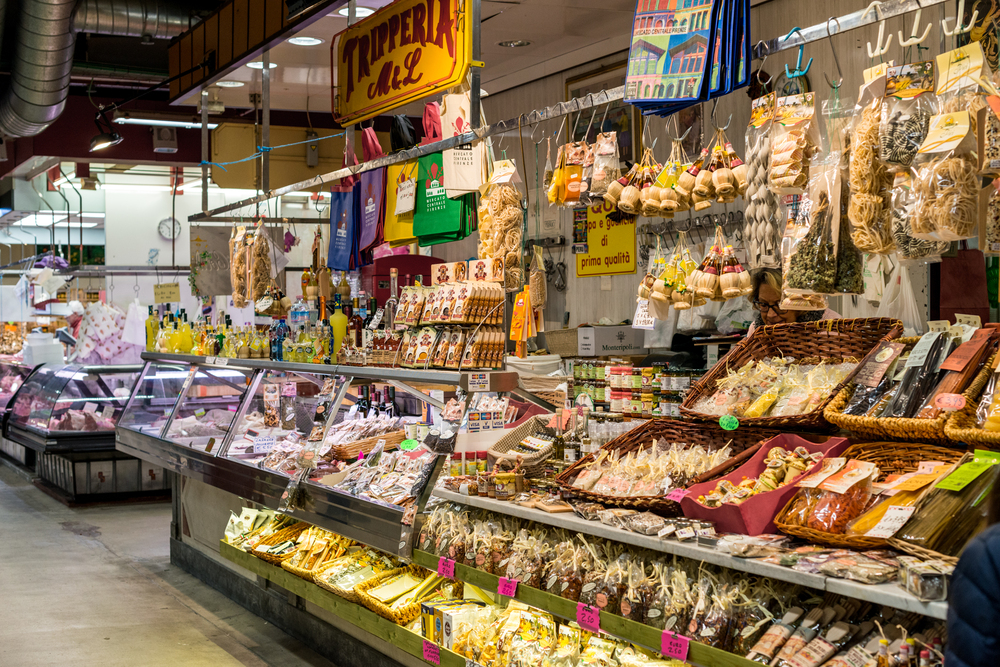
Housed in a 19th-century glass and iron building designed by architect Giuseppe Mengoni, this two-level market showcases Tuscan culinary traditions with modern presentation. The ground floor maintains its traditional market function with generational vendors selling fresh pasta, aged balsamic vinegars, and regional pecorino cheeses alongside butchers specializing in specific preparations like traditional lampredotto (tripe sandwich).
The renovated upper floor features artisanal food stalls where visitors can sample Florentine specialties like schiacciata flatbread and cecina (chickpea flour pancake) prepared before them by producers passionate about maintaining authentic regional food traditions.
Jagalchi Fish Market in Busan, South Korea
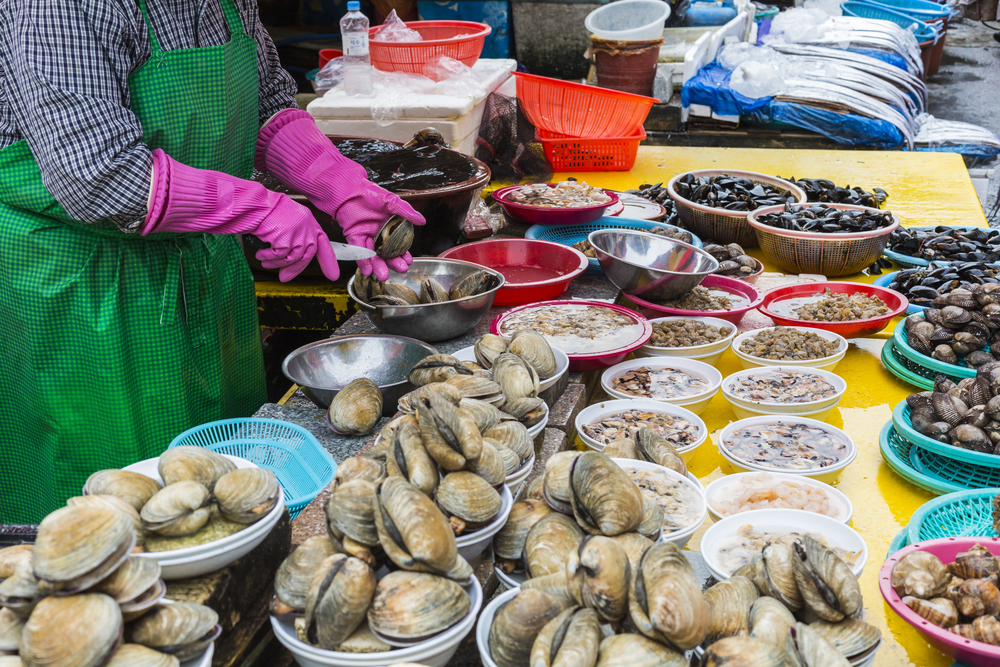
Korea’s largest seafood market sprawls along the Busan waterfront, with the first floor dedicated to endless tanks of still-living marine creatures and the upper level housing restaurants cooking your selections to order. Fearless female vendors known as ajummas dominante the market, their weathered hands deftly handling everything from spiky sea urchins to writhing octopuses with remarkable efficiency.
The market’s sensory immersion—briny ocean scents, vendors shouting prices, the constant splashing of tank water—creates an authentic connection to Korea’s deep maritime traditions and the women who have historically controlled its seafood commerce.
Like Travel Pug’s content? Follow us on MSN.
Chichicastenango Market in Guatemala
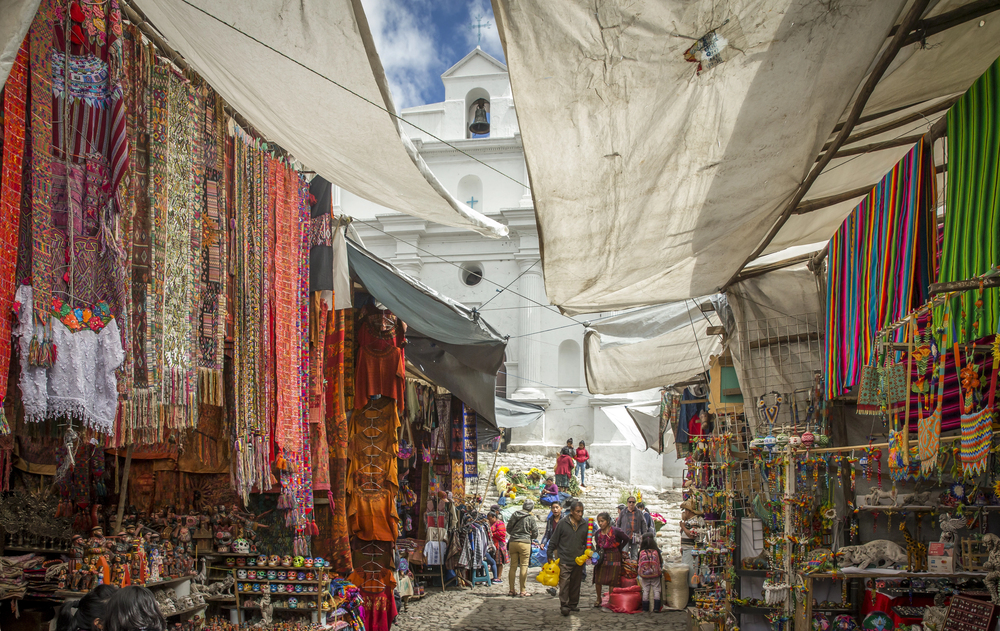
This twice-weekly indigenous market transforms the mountain town of Chichicastenango into a kaleidoscope of traditional Maya textiles, crafts, and agricultural products that have been traded here for centuries. Women wearing distinct huipiles (blouses) identifying their specific villages sell handwoven textiles whose patterns contain symbolic meanings passed through generations of weavers.
The market surrounds the whitewashed colonial church of Santo Tomás, where Maya spiritual practices blend with Catholicism as indigenous elders burn copal incense on the church steps while reciting prayers in ancient languages.
Queen Victoria Market in Melbourne, Australia
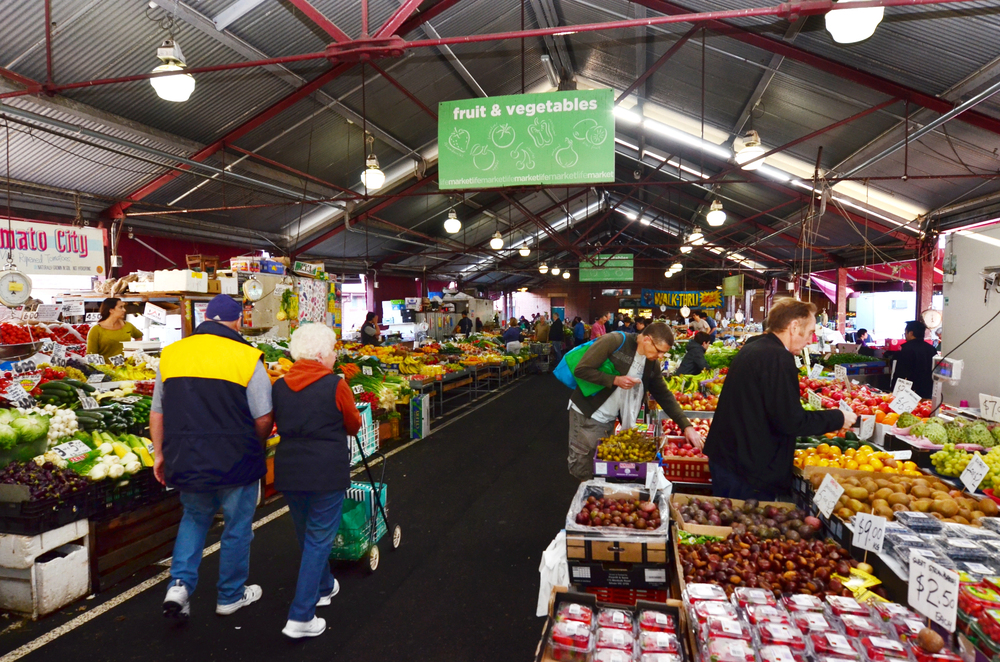
This Victorian-era market has evolved over 140 years from a simple meat market to a beloved Melbourne institution spanning seven city blocks. The historic Deli Hall houses specialists in international cheeses, cured meats, and Australian bush foods.
At the same time, the seasonal night market transforms the space into a multicultural festival reflecting the city’s diverse communities. The market’s history includes a macabre element—it was partially built over Melbourne’s first cemetery, with thousands of bodies remaining beneath the current-day car park, connecting commerce to the city’s earliest European settlement.
Albert Cuyp Market in Amsterdam, Netherlands
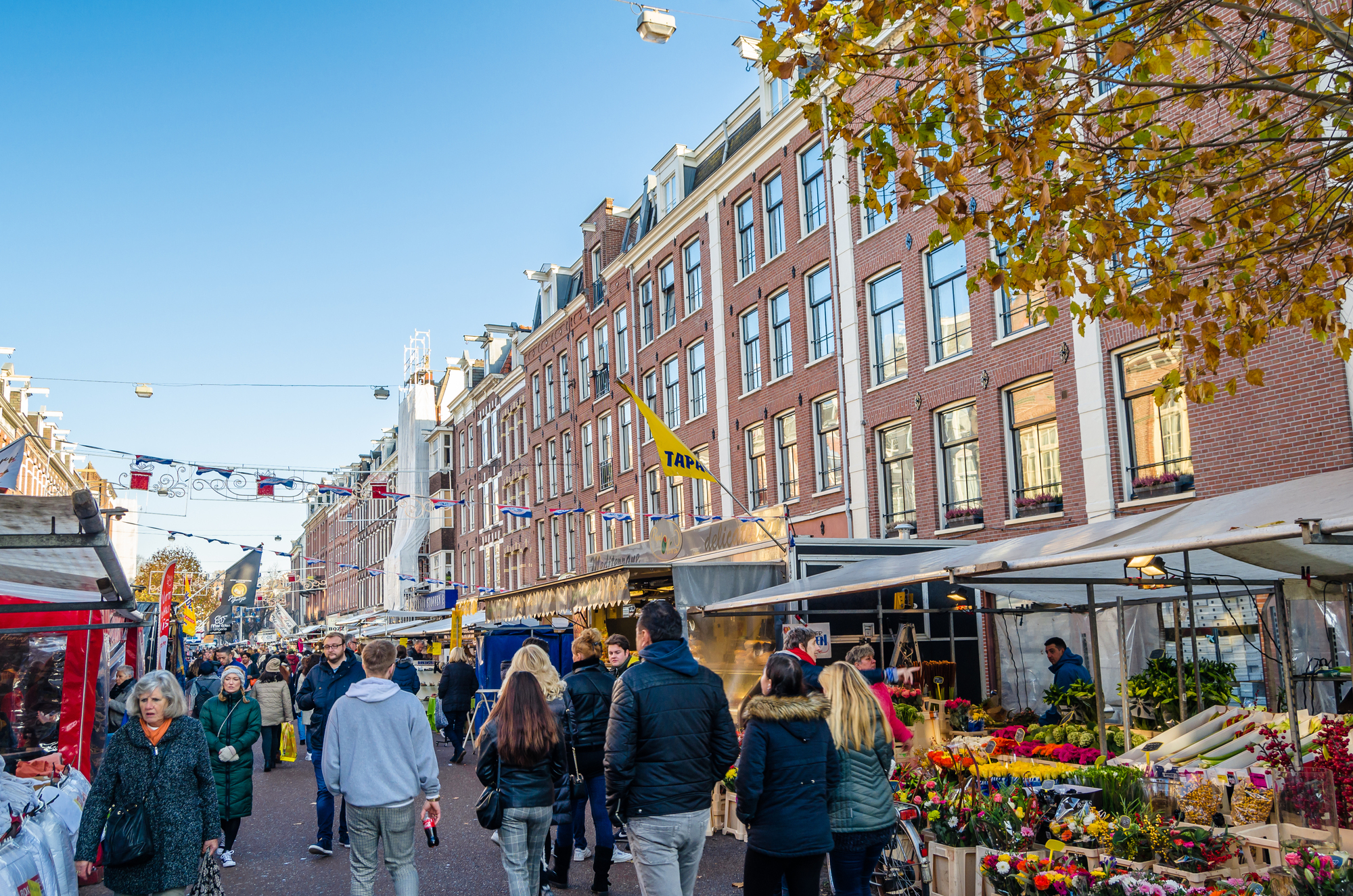
Amsterdam’s largest daily outdoor market stretches along Albert Cuypstraat in the vibrant De Pijp neighborhood, offering an authentic slice of Dutch urban life far from tourist-heavy areas. Traditional Dutch specialties like herring, stroopwafels (syrup waffles), and aged Gouda cheese stands operate alongside Surinamese food stalls, Moroccan spice vendors, and vintage clothing dealers, reflecting the neighborhood’s multicultural character.
The market provides an accessible entry point for experiencing everyday Dutch culture through food, with vendors happily explaining traditional preparations and offering samples to curious visitors.
Like Travel Pug’s content? Follow us on MSN.
Mercado San Juan in Mexico City, Mexico
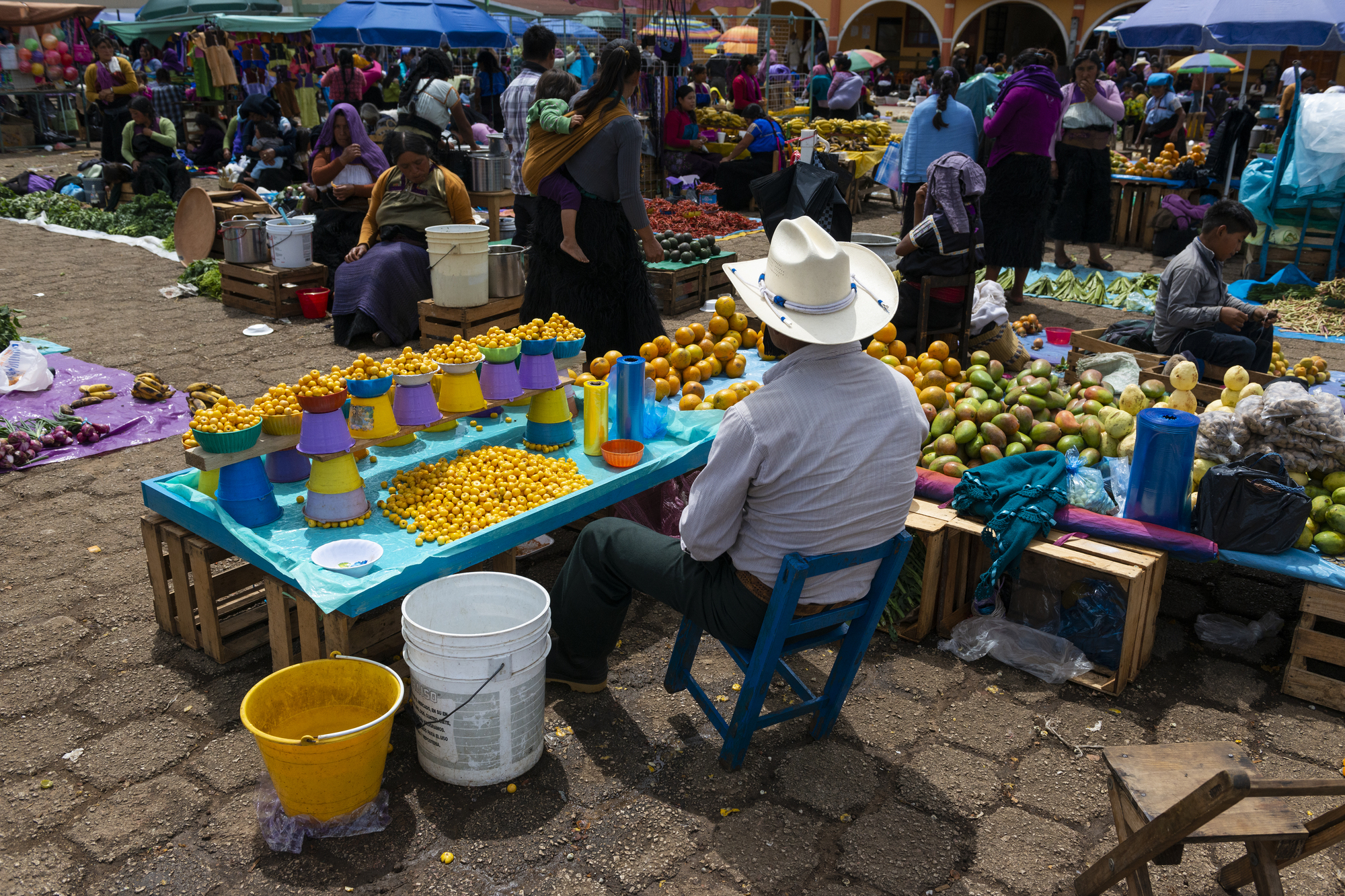
Mexico City’s most renowned culinary market specializes in exotic and hard-to-find ingredients sought by professional chefs and serious home cooks from across the megalopolis. Specialty vendors offer everything from edible insects cultivated using pre-Hispanic techniques to imported European cheeses to rare wildlife (some problematically bordering on illegal), reflecting Mexico’s complex relationship with traditional foods.
The market’s central aisles feature seafood vendors selling Spanish octopus alongside Mexican coastal specialties. At the same time, small stand-up counters serve exquisite ceviches, oysters, and other raw preparations to market shoppers seeking immediate gratification.
Saturday Salamanca Market in Hobart, Australia
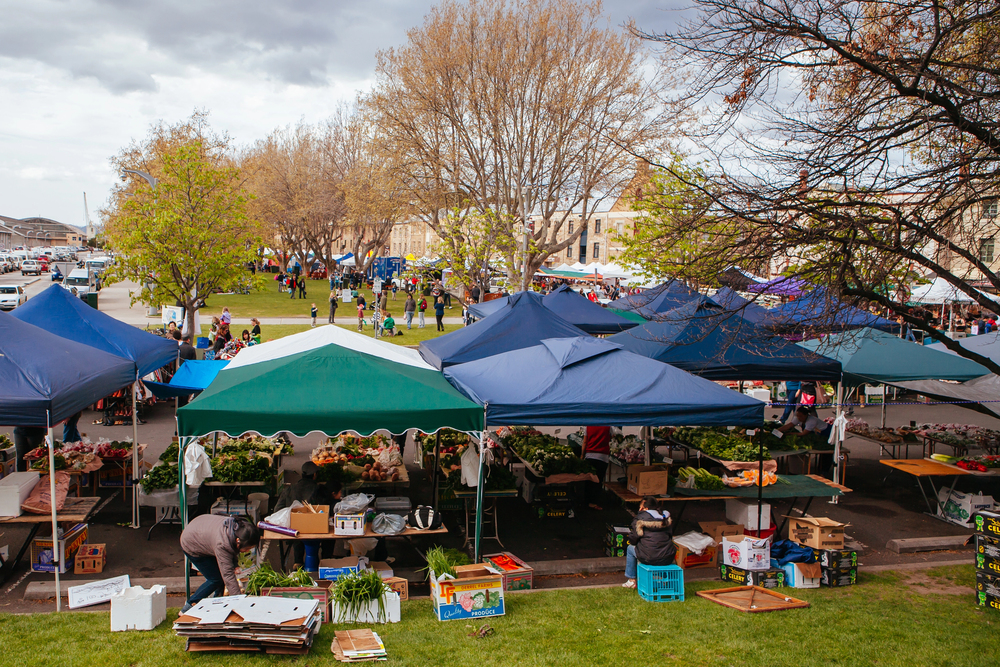
Tasmania’s most popular attraction transforms Hobart’s historic waterfront into a showcase for island producers, artisans, and craftspeople each Saturday, regardless of the notoriously changeable weather. The market’s 300+ stalls feature distinctive island products including leatherwood honey from wilderness areas, cool-climate wines, and wooden items crafted from rare Huon pine found only in Tasmania.
The setting beneath historic sandstone warehouses with mountain and harbor views creates a magnificent backdrop for this community gathering that connects visitors directly with local producers and their stories.
Darajani Market in Stone Town, Zanzibar

The main market of Zanzibar’s atmospheric Stone Town offers total sensory immersion in the island’s unique cultural fusion of African, Arab, Indian, and European influences that converged at this historic trading crossroads. The spice section features burlap sacks overflowing with cloves, cinnamon, black pepper, and nutmeg—the valuable commodities that made Zanzibar wealthy and connected it to global trade networks for centuries.
The chaotic fish hall presents the Indian Ocean’s bounty, where rapid-fire auctions determine prices for everything from tiny silverfish to massive tuna carried directly from dhows that continue using traditional sailing techniques.
Like Travel Pug’s content? Follow us on MSN.
Markets as Cultural Gateways
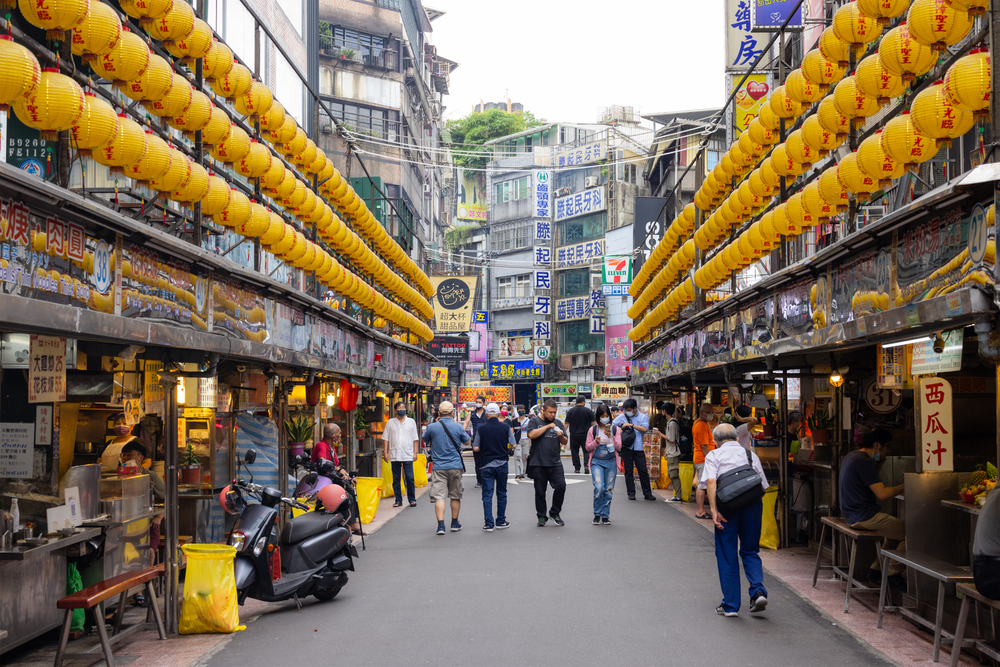
These remarkable marketplaces offer travelers something increasingly rare in our globalized world—authentic spaces where local culture naturally expresses itself through food, craft traditions, and human interactions unmediated by corporate retail formulas. The sensory richness of these environments—aromatic spices, unfamiliar produce, handcrafted textiles, vociferous vendors—creates immersive experiences that engage visitors completely in the moment.
While photographs attempt to capture market color and energy, nothing replaces the lived experience of navigating these spaces, where unexpected discoveries and human connections inevitably become more meaningful souvenirs than any physical purchase. These markets remind us that sometimes the most profound travel experiences emerge not from monuments or museums but from simply showing up where everyday life happens with extraordinary vibrancy.
More from Travel Pug

- Cities Growing so Fast You Won’t Recognize Them in 10 Years
- 13 Destinations Where Tourists Regularly Regret Their Trip
- 16 U.S. Cities That Are Quietly Becoming Travel Hotspots
- Where to Travel If You Love Long Bus Rides and Daydreams
- 20 Cities Perfect for Solo Travelers Who Crave Adventure & Culture
Like Travel Pug’s content? Follow us on MSN.
